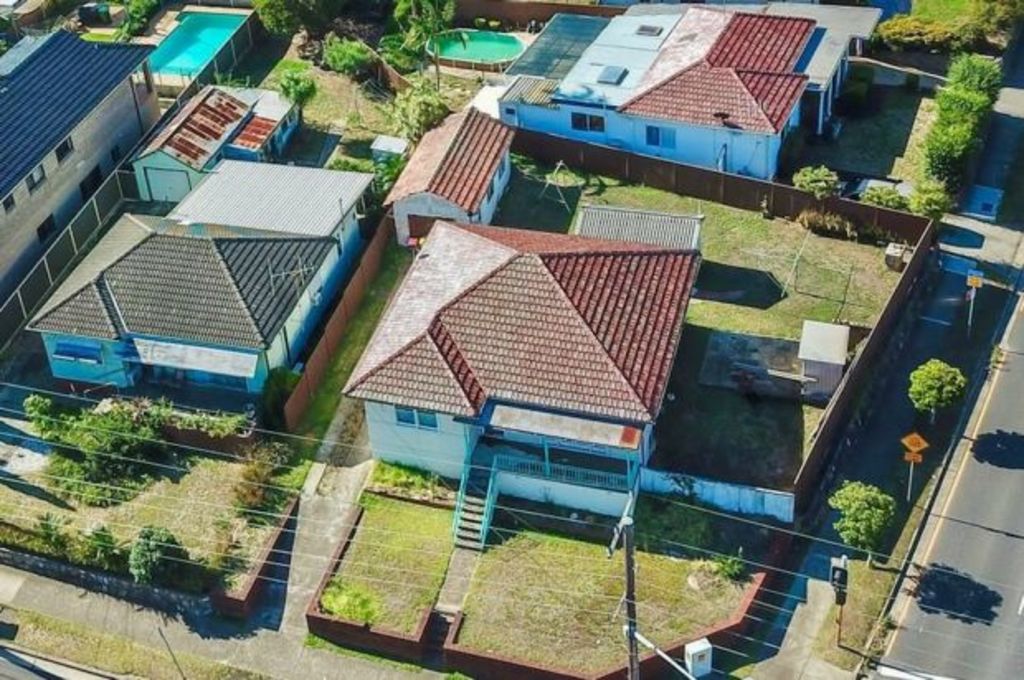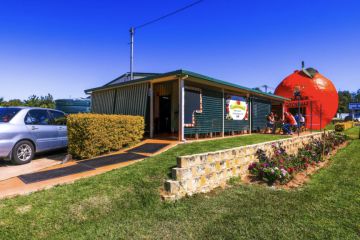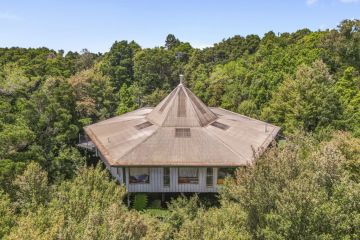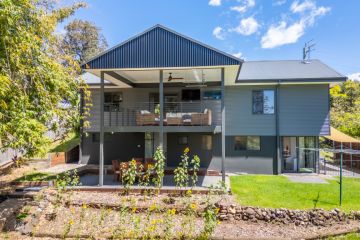'The holy grail of residential investment': How a subdivision can double the value of your property

The phrase “development potential” can be very tempting to an investor browsing property listings with an eye on the long-term.
It’s also a marketing term homeowners may be wondering if they can use when it comes time to sell their own property, as properties with development potential tend to be valued more than surrounding blocks.
Subdividing a block and adding more dwellings can in some cases double its value, but you don’t necessarily need to fork out hundreds of thousands of dollars to reap the rewards.
Submitting a development application, also known as DA, and gaining development approval before sale can make a property much more appealing to buyers, and costs only a fraction of the price of building.
Why dual occupancies are so lucrative
Dual occupancy developments allow two dwellings to be built on one block. Also known as a duplex, dual occupancies are common developments in areas with large blocks and older housing stock that isn’t protected by heritage constraints.
Max Fragar, principal consultant at Fragar Planning and Development, said dual occupancies were popular as they provided alternative housing for people priced out of a freestanding home, but seeking more privacy and space than an apartment could offer.
“Dual occupancy is a very worthwhile form of development,” he said. “It makes better use of available urban space without people feeling that they’re in a large complex.”
Mr Fragar said homeowners who successfully gain development approval for a dual occupancy prior to sale stand to make significant profits.
“Dual occupancies are the holy grail of residential investment,” he said. “Our experience is that on average, a completed dual occupancy approval increases the value of a property by up to 40 per cent.”
- Related: Homeowners set to benefit under new planning laws
- Related: The wealth-building strategy that’s not for everyone
- Related: How to choose the right builder for your new home
Subdividing the property into two lots that can be sold separately is the key to unlocking the maximum value of a property, according to Mr Fragar.
“If the opportunity of a dual occupancy subdivision is possible on your property, as we’ve seen in cases with many of our clients, we can confidently say that the property would most likely double in value.”
Blocks with approval already in place are worth more to developers or builders, according to founder of Property Mavens Miriam Sandkuhler.
“Any site that’s already got development approval, where the vendor has done all the hard work to get the application through, will sell for more than a site that doesn’t have that,” she said.
Mr Fragar said many homeowners and investors were focused on building granny flats, also known as secondary dwellings, despite their limited size, restrictions in some areas on renting granny flats to non-family members.
But because a granny flat can’t be sold separately, the value added is limited. “It increases rent, but in many cases it doesn’t increase capital value,” Mr Fragar said. “An extra title substantially increases capital value.”
How do you know if a block can be developed?
Although some properties may be marketed as a potential development site, buyers should investigate what the council will allow on the site, rather than relying on the real estate agent’s opinion.
Councils’ development control plans are complex and often confusing documents, and according to director of Duplex Invest Peter Bieg, advice from the council prior to purchase is never definitive.
“I’ve actually seen a number of times where people have spoken to council, got their information from them, then gone unconditional on a block,” he said. “They bought it, found a builder, had designs drawn up, lodged the DA and it’s been rejected.”
Mr Fragar said it’s wise to engage a town planner before purchase to determine a block’s potential. “People need an experienced planner to understand the legislation,” he said.
Townhouses, villas, boarding houses and even apartments may be allowable on certain blocks, depending on zoning and planning restrictions.
“Sometimes we’ve found that there’s a better project than a dual occupancy,” Mr Fragar said.
Which properties are worth the most?
Daniel Mulherrin from Taylor Willis Town Planners said when it comes to duplexes, a wide block wasn’t always the best, and sites that have multiple frontages may allow for more flexibility.
“Gone are the days of a double driveway and two garages facing the street,” he said. “Typically you look at corner lots, or lots that have front and rear access.”
Ms Sandkuhler said these properties would be worth more than surrounding blocks. “If you can get a corner block, that’s always more valuable and always holds a lot more appeal.”
Mr Fragar said buyers should always focus on areas that have strong fundamentals.
“The best return is for land that is centrally located, because centrally located land close to transport and services is a scarce commodity,” he said. “Infill development close to services has the most social benefit, and the most return for a small scale developer.”
Mr Bieg said savvy buyers could still find affordable sites for development if the vendor and agent weren’t aware of a property’s potential.
“Quite often people don’t know that a block is duplex capable,” he said. “If people don’t understand there’s a development profit, it sells for the market price.”
We recommend
States
Capital Cities
Capital Cities - Rentals
Popular Areas
Allhomes
More
- © 2025, CoStar Group Inc.







